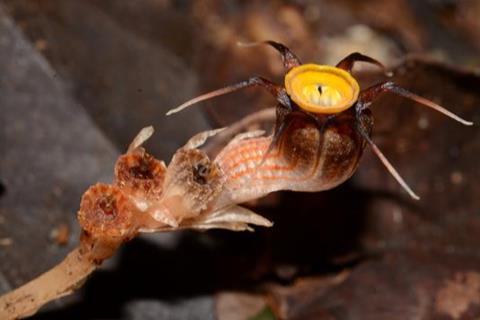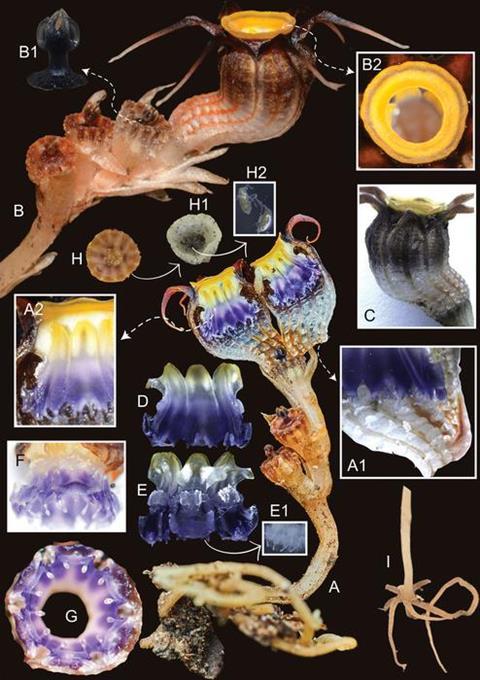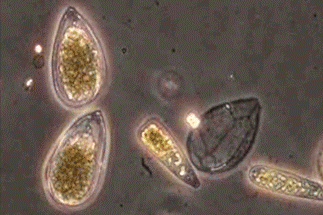A distinctive plant, which steals nutrients from underground fungi, has been published as a new species in the open-access journal PhytoKeys by botanists from the Forest Research Institute Malaysia (FRIM) in collaboration with local naturalists and stakeholders.

Discovered in the tropical rainforests of Peninsular Malaysia, Thismia malayana belongs to a group of plants known as mycoheterotrophs. Unlike most plants, mycoheterotrophs do not perform photosynthesis. Instead, they act as a parasite, stealing carbon resources from the fungi on their roots.
This adaptation takes advantage of the mycorrhizal symbiosis, which is usually a mutually beneficial relationship between colonising fungi and a plant’s root system.
Low light conditions
By stealing nutrients from fungi, this newly discovered species thrives in the low-light conditions of dense forest understories where its highly specialised flowers are pollinated by fungus gnats and other small insects.

The unusual plant is around 2 cm long and typically found hidden in leaf litter and growing near tree roots or old rotten logs. The research team identified Thismia malayana in two locations: the lowlands of Gunung Angsi Forest Reserve in Negeri Sembilan and the hilly dipterocarp forests of Gunung Benom in the Tengku Hassanal Wildlife Reserve, Pahang.
Despite its small size, Thismia malayana is very sensitive to environmental changes and has been classified as Vulnerable according to the IUCN Red List criteria. Its limited distribution and the potential threat from trampling due to its proximity to hiking trails underscore the importance of continued conservation efforts.







No comments yet